Curacao sees 200% increase in Trinidad and Tobago tourists
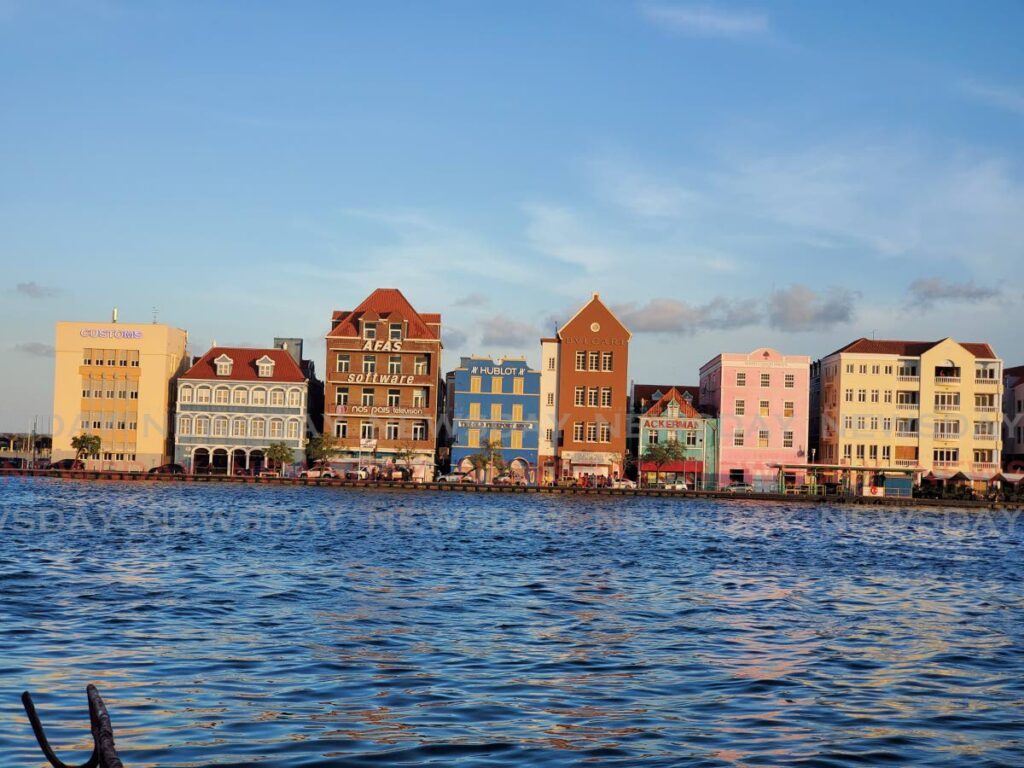
Though the island of Curacao is only 64 kilometres long, it is jam-packed with rich culture, music, history, food and clear-water beaches, all of which leaves visitors wanting more. This is keeping in line with the island's push for tourism as its main source of income after its refinery Isla Oil Refinery downsized.
Regional manager for the Caribbean of the Curacao Tourist Board (CTB) Elaine Hart Francisca spoke to Business Day on its visit to the country – from September 1-5 – on September 2 about the influx of tourists after covid19 lockdowns, moves to make the island a must-visit destination and suggested ways tourist boards of other countries can all work together to bring foreign exchange to the entire region.
"We have reached pre-pandemic levels and surpassed (them), especially from the market of TT: (we) have seen drastic increases, with more than 200 per cent increase compared to last year."
She said this increase is owing to the expansion of Caribbean Airlines services to the island twice weekly – Tuesdays and Fridays – and Copa's flight to the island through Panama and added that the stay-over arrival count for TT from January till Monday was 5,890 people.
Francisca said aside from the Caribbean flights, the country has also entered an agreement with Corendon, from the Netherlands, which is also linked to the Corendon hotel brand. The flight will also connect to people in Germany and Amsterdam increasing the number of travellers. She added that the airline is also set to introduce the first adult-only cabin.
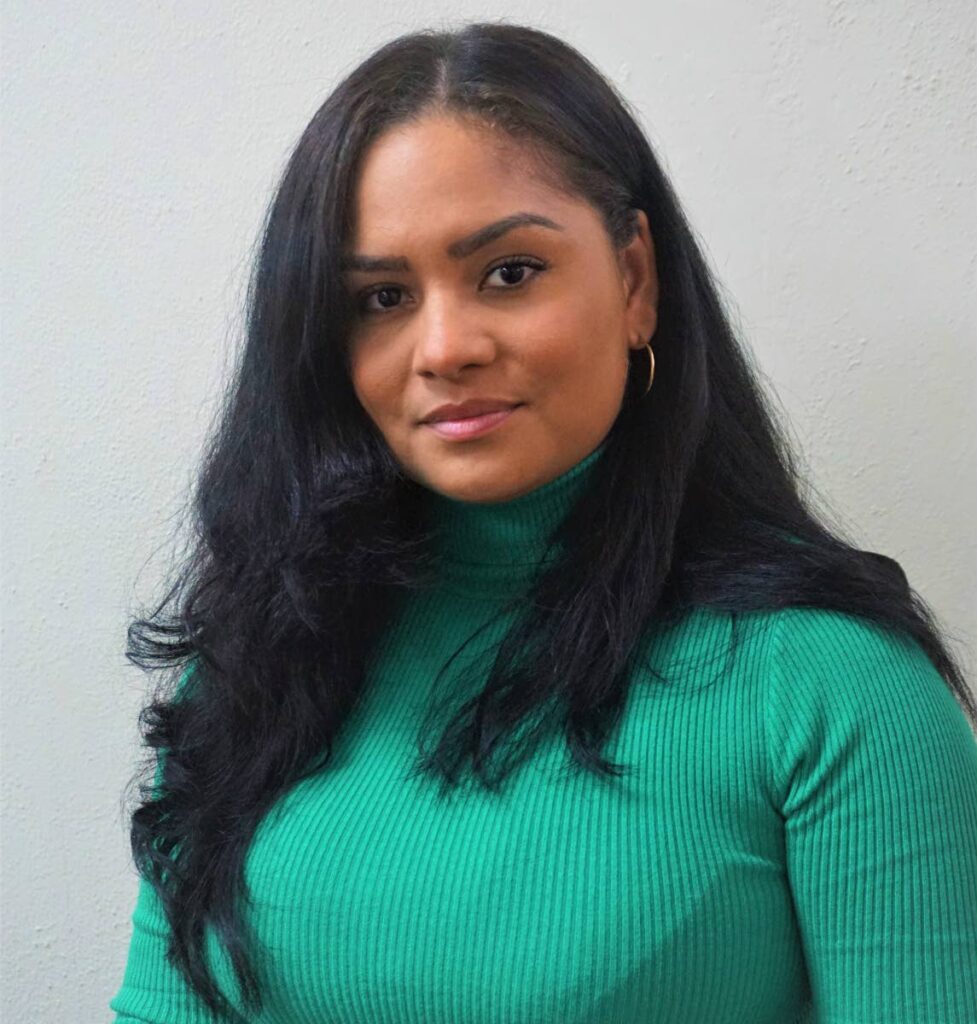
Photo courtesy CTB -
"Overall, tourism has been really good. We are aiming to reach half a million visitors by the end of this year."
Francisca said the influx of tourists from all over the world is a direct result of the services expansion the country has been working on, as some properties were opened – all-inclusive properties and Sandals Royal Curacao – during the covid19 pandemic, which Francisca described as, "A blessing in disguise." With the Sandals franchise in the island, she said the aim is to get more traction from the US and the Caribbean.
Coming from the airport, one can see many buildings under construction – some are apartment buildings, others hotels, – as there were not enough to cater to the spike in visitors. So far there are 8,000 rooms projected to come on the hotel market once construction is completed. She added that during Business Day's visit, all the city's hotels were completely booked.
One of these buildings will be home to the Marriott Courtyard by the end of the year, with two others to join between now and 2025.
Curacao's main source of income, she said, "used to be oil for a very long time before that downsized, so right now our main economic pillar is tourism, and I think that is also why our government is really focusing on that right now and that is why they are putting more priority on it leading to more tourist arrivals.
"We are also trying to invest more in human capital in the sense that we are trying to train more people in the tourism and hospitality sector because of its importance."
People getting into the sector are given the chance to do training courses with the CTB in collaboration with the government – Ministry of Economic Development and Ministry of Education.
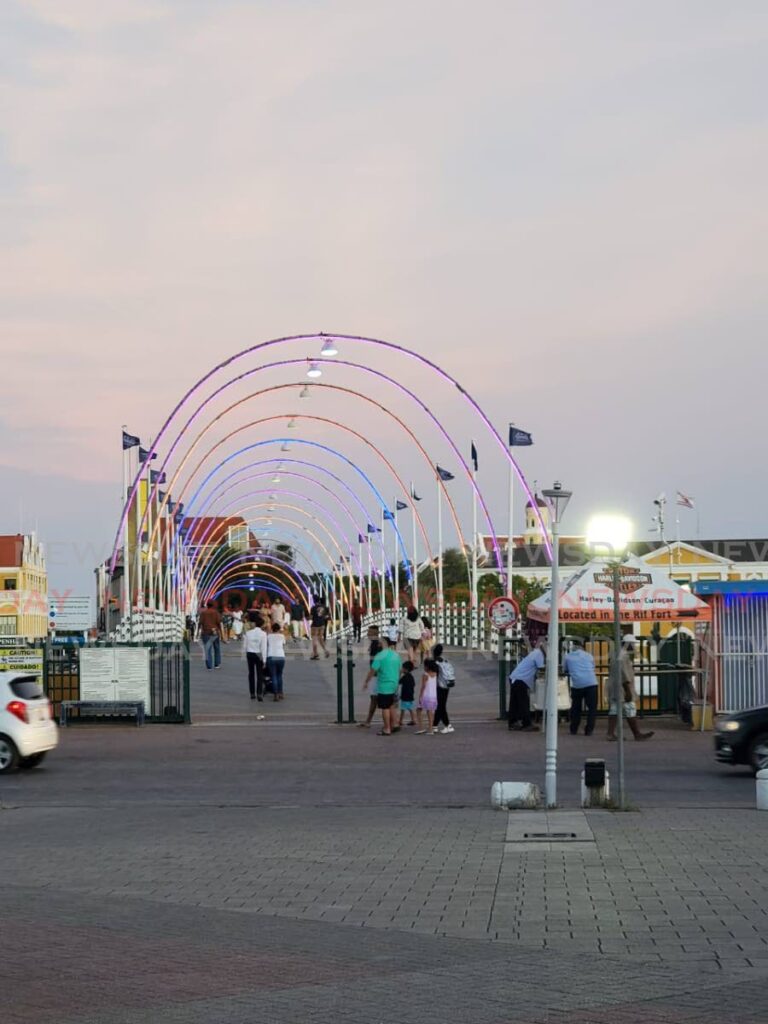
"We started with everything – training and offering courses – last year, so they are trying to train these people and get them into the real world. So we have been working with hotels and restaurants to work with these people to train them, but also give them internships, so they can feel the business through this. So the interns have been getting jobs with these establishments and some have even been opening their travel guide businesses, so we are trying now to go to another level."
Francisca said the board and ministries involved are looking at bringing in another cohort of trainees, especially with many losing their jobs because of covid19 and still being unemployed or working part-time.
The CTB, in expanding its offerings to tourists, started working with the founders of the Kaya Kaya Festival, Clayton Iasten and Kurt Schoop, to bring more tourists to immerse themselves in the country's music, art, food and culture over the past two years. The Kaya Kaya Festival – kaya means "street" in Papiamento, the local language – has been around for five years and was created by Iasten and Schoop in Willemstad, the island's capital, as a way of developing the Ser'i Otrobanda community. Schoop said this is because it was deemed a dangerous area and decided there needed to be a change.
Francisca said, "Because of this event, every time, the organisers are always trying to renovate or add new lights to attract tourists and because they come here so often, nothing bad happens here any more. In general, the crime rate is very low, it's nothing compared to Jamaica, TT or Suriname."
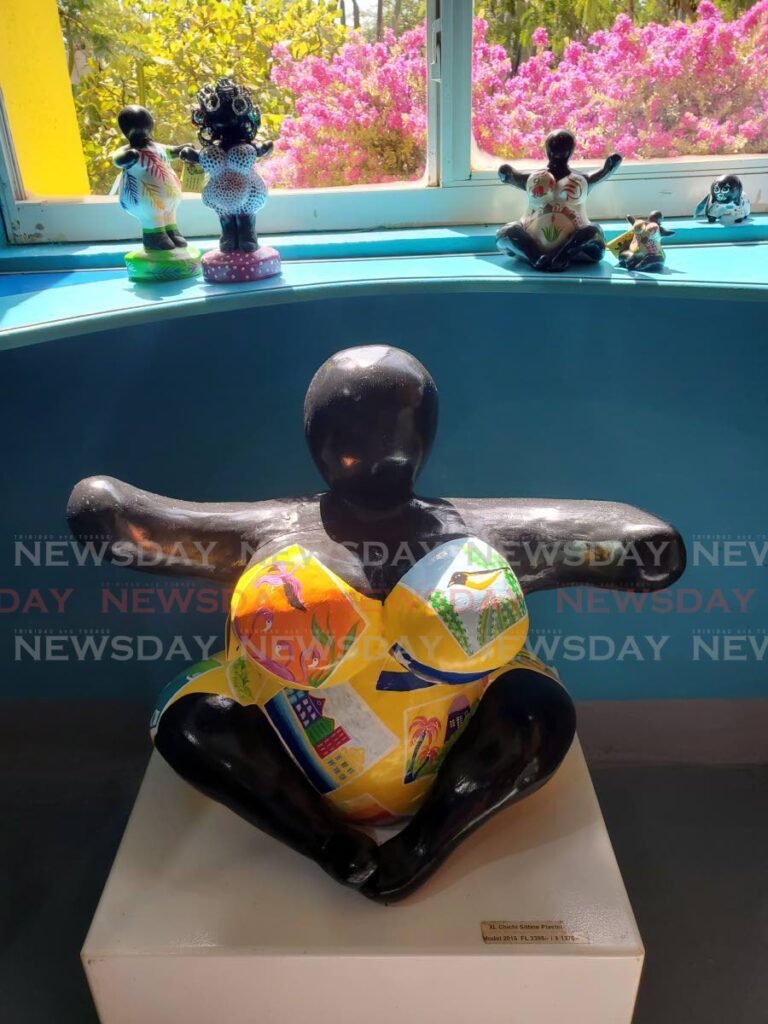
Though there are no exact figures on how many people visited or the income it generated for the island yet, from Business Day's observation, the entire Promenade Willemstad was crowded with people waiting to get in from the festival's start at 5 pm on September 2. The crowd and festivities did not dissipate until 4 am.
On why the CTB decided to work with the Kaya Kaya Festival, Francisca said, "The festival was something very much dedicated to a community in Curacao, but again, when you're thinking about the culture and history, you would want to share that with tourists, so we thought about what would make it more attractive for the people outside to fly in for this. So we worked together with all the travel agencies and markets to send this out and make people travelling to Curacao aware that the event is happening."
Francisca said the festival sold around 20,000 plane tickets, with 1,000 being international ones for the second year with CTB actively on the Kaya Kaya Festival board as they are considered local. She explained that CTB was able to gather data from the organisers which includes the number of tickets sold.
Asked for her thoughts on how TT markets itself through tourism, Francisca said though she has only been twice, she knows TT is known for its Carnival, but that's only once a year.
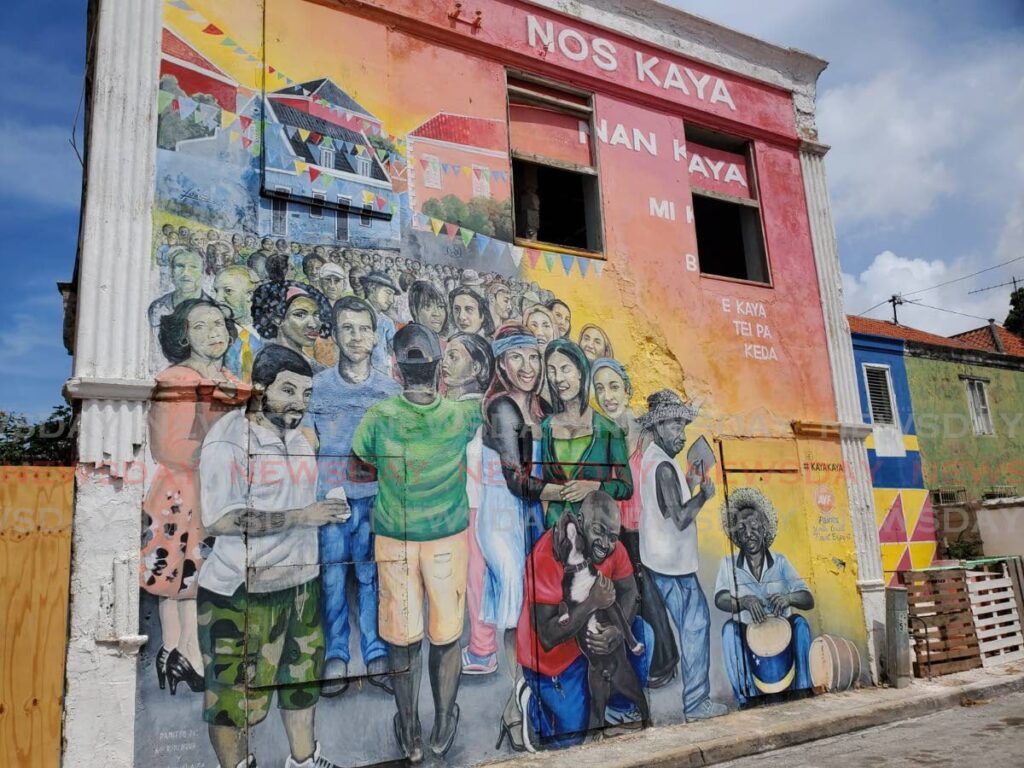
Photo by Vishanna Phagoo -
"I know TT is rich in culture and history, so I think that would be something that could be embraced as a tourist destination. People right now are not interested in sun, sand and sea only, they also want to know the history of the culture and people, and they want to be more involved in that aspect. So I think if TT can embrace that a little bit more and put that as a unique selling point, the tourism sector could develop into something more."
She added that the Caribbean market has generated a lot of buzz for the country with its culture, history and that it has more than 55 nationalities.
"We try to promote those kinds of things, especially in the Caribbean and European markets, because that has a little bit more advantage to it than just promoting the sun, sand and sea, since all Caribbean destinations have that, so what else do you offer?"
Francisca added that the TT tourism boards can work with the CTB to share each others' strengths and weaknesses and learn from each other.
"We're all different in cultures, so we are not competitors in that term. So working closely together would be a big start to having a good partnership."


Comments
"Curacao sees 200% increase in Trinidad and Tobago tourists"